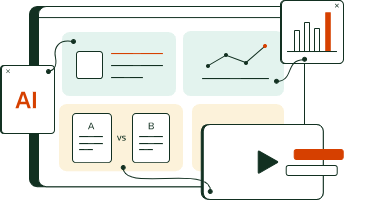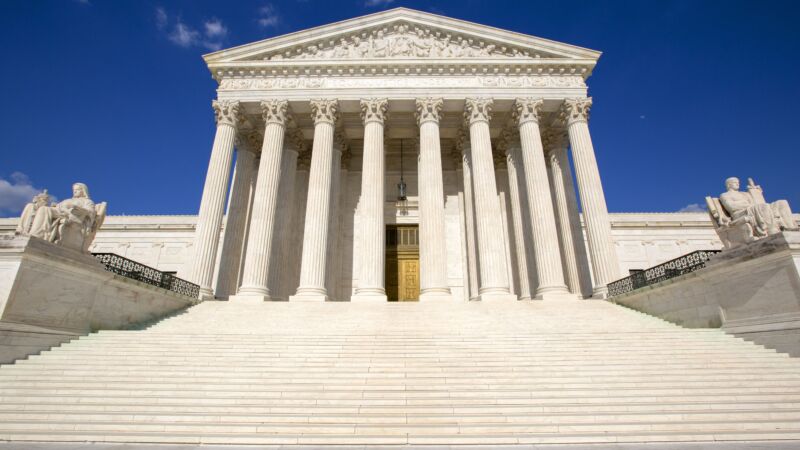Understand what GAAR looks like in the U.S., UK, and elsewhere internationally.
Abusive tax planning is not just a concern among U.S. tax authorities, it is a global concern. Governments around the world have long taken steps to crack down on tax evasion, such as using general anti-avoidance rules, better known as GAAR.
Around the world, many jurisdictions — such as Australia, the Netherlands, China, Germany and Canada — have adopted GAAR in an effort to eliminate unacceptable tax avoidance practices. Some jurisdictions are working to revise the policies they already have in place.
To ensure tax compliance and resolve tax questions that may arise when conducting business-related transactions, it is critical that corporate tax specialists keep pace with local and international anti-avoidance legislation in today’s ever-changing legislative environment.
To help today’s corporate tax professionals better understand some of the methods implemented to thwart abusive tax planning, this article will take a closer look at GAAR and how to keep up with tax avoidance regulation.
Jump to ↓
| What are general anti-avoidance rules (GAAR)? |
| How are GAAR rules applied? |
| What is the general anti-abuse rule? |
| Does the U.S. have a GAAR? |
| International GAAR rules |
| Keeping up with tax avoidance regulation |
What are general anti-avoidance rules (GAAR)?
GAAR is a set of principles-based rules within a country’s tax code that aims to eliminate unacceptable tax evasion practices. This is done by essentially giving that country’s tax authority the power to deny a particular tax benefit that would lead to tax avoidance or to increase the tax liability against the taxpayer.
There is no one-size-fits-all approach to GAAR, as the intricacies of the rules vary by country. In general, GAAR focuses on any aspect of a transaction that is contrived and undermines the tax law in an effort to obtain a tax benefit.
One of the most cited challenges with GAAR is that it is too often subject to interpretation. In other words, what is considered to be “tax avoidance” can be interpreted and defined differently by different people. This can make it difficult to distinguish between transactions that are, or are not, under GAAR. Furthermore, the inconsistent application of GAAR across those jurisdictions that have enacted the rules only adds to the complexity.
How are GAAR rules applied?
The application of GAAR generally requires that a tax authority make an assessment. This is a multi-step process that often involves the following:
- Identify a scheme: An entire transaction can be identified as a scheme, or it can also apply to specific components of a transaction. Either way, there needs to be a scheme.
- Identity a tax benefit: Tied to the scheme is a tax benefit. A tax benefit could mean:
- A postponement of a liability to pay a tax.
- A reduction in a liability to pay a tax.
- Any action that results in an amount that would otherwise be subject to tax not to be taxed, or an amount of gross revenue to be exempt income or otherwise not subject to tax.
- Any other advantage that arises because of a delay in the payment of tax.
- Clear intent: Next, it needs to be established that a taxpayer’s primary purpose for their actions was to obtain the identified tax benefit.
It is important to note that GAAR can take various forms and can be applied to different taxes such as Value Added Tax (VAT) or Goods and Services Tax (GST), which are consumption taxes applied to the purchase price and cost of goods and services.
When looking to apply GAAR, it is important to pay close attention to several factors such a jurisdiction’s legal design of GAAR, the capacity of the tax authority to appropriately apply the GAAR in a balanced manner, as well as that country’s infrastructure.
What is the general anti-abuse rule?
In 2013, the UK introduced its general anti-abuse rule to counteract abusive tax avoidance schemes. The rule gives the HM Revenue & Customs (HMRC) power to thwart tax abuse and recover lost revenues by adjusting or issuing assessments or amending or denying claims. HMRC must be able to prove that the tax arrangements in question are, in fact, abusive.
The UK rule applies to various taxes including, but not limited to:
- Income tax
- Corporation tax
- Petroleum revenue tax
- Inheritance tax
- Diverted profits tax
Several taxpayer safeguards have been put into place. For instance, the GAAR advisory panel, which is independent of HMRC, must weigh in before a final GAAR counteraction notice can be issued.
Does the U.S. have a GAAR?
The United States’ first GAAR, Section 7701(o) of the Internal Revenue Code, was signed by President Barack Obama. It went into effect on March 30, 2010.
As outlined by the IRS, Section 7701(o), “defines ‘economic substance doctrine’ as the common-law doctrine that disallows tax benefits under subtitle A of the Internal Revenue Code if the transaction that produces those benefits lacks economic substance or a business purpose.”
A transaction is considered to have economic substance if “the transaction changes in a meaningful way (apart from Federal income tax effects) the taxpayer’s economic position,” and also if “the taxpayer has a substantial purpose (apart from Federal income tax effects) for entering into such transaction,” according to the IRS.
In a notable development, the IRS issued in April 2022 a memo communicating updated guidance on the economic substance doctrine. The memo removed the IRS procedural requirements for relying on the economic substance doctrine (previously a required four-step process).
The change also included, among other things, the removal of the requirement for executive approval. Under the revision, Large Business & International Division (LB&I) and Small Business/Self-Employed Division (SB/SE) examiners only need approval from their immediate supervisor to declare a penalty under the economic substance doctrine.
As a result of the changes, it is now easier for the IRS to proclaim that a transaction is deficient of economic substance or a business purpose.
International GAAR rules
The crackdown on multinational companies that allegedly evade taxation or reduce tax burden in their home country by moving operations or migrating intangibles to lower tax jurisdictions continues to gain momentum. Enter the Organization for Economic Cooperation and Development (OECD)’s Base Erosion and Profit Shifting (BEPS) initiative.
According to OECD, BEPS practices cost countries between $100 billion and $240 billion in lost revenue annually. This is equivalent to 4% to 10% of the global corporate income tax revenue.
In an international collaboration to stamp out tax avoidance, ensure a more transparent tax environment, and improve the coherence of international tax rules, more than 140 countries and jurisdictions are implementing 15 Actions to equip governments with the domestic and international rules and instruments needed.
Action 3, for instance, outlines approaches to counter offshore structures that shift income from the shareholder jurisdiction. Other Actions address such areas of concern as treaty abuse, transfer pricing documentation, the digital economy, and more.
Keeping up with tax avoidance regulation
Tax professionals may have a clear understanding of their responsibilities, and the standards and principles of ethics they must adhere to, but ensuring compliance amid ever-changing legislation can be challenging. This can be especially true for tax professionals navigating the complexities of international tax.
With the right tools and resources in place, such as the Thomson Reuters Checkpoint Catalyst tax research tool, corporate tax specialists can easily stay on top of local and international anti-avoidance legislation. Checkpoint Catalyst provides the research tools and expert guidance tax professionals need in today’s dynamic business environment.

International trade and supply chain
Global trade solutions for all levels of automation
Learn more ↗







